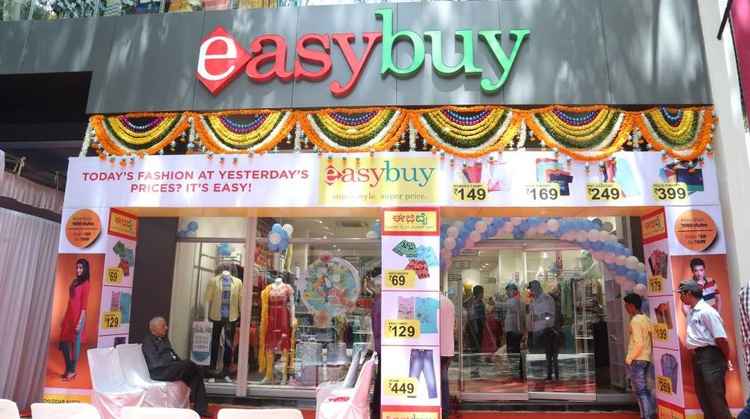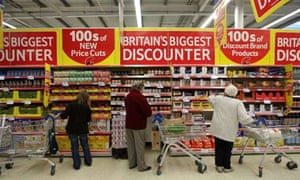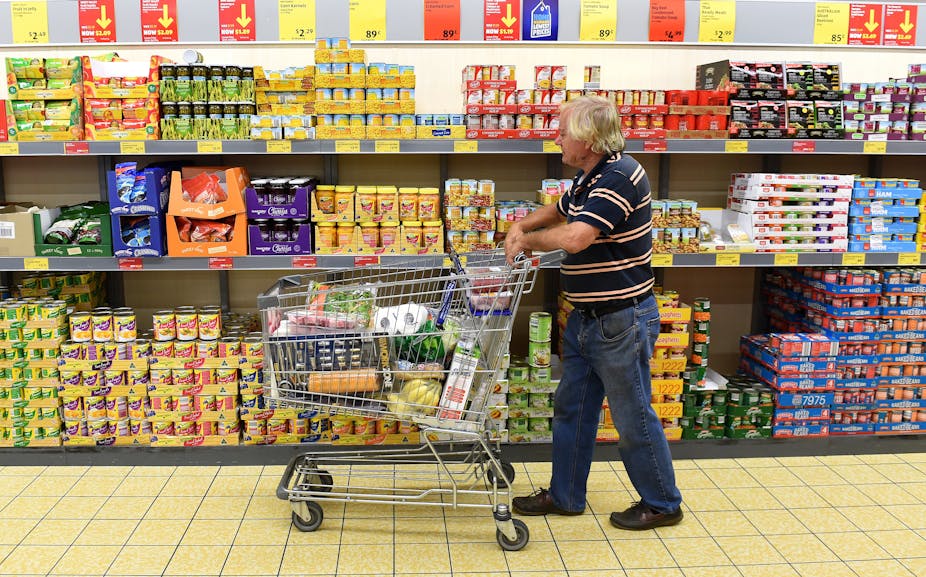1
Work On Your Flexibility
Work On Your Flexibility
One of the key differences between a man’s and a woman’s body is that men are generally less flexible than women. You may not think flexibility is important, but it is. Stretching your muscles regularly will help you move more efficiently, it can also help you stay injury-free and can relax your muscles, in turn reducing stress. Attending yoga or Pilates classes can help you improve your flexibility. Remember, as a general rule, men’s hamstrings, shoulders and lower backs need to be worked on more than other areas of the body, so pay special attention to these parts in flexibility sessions.
2
Go Slower
Go Slower
It may be something of a cliché, but men do tend to have a healthy competitive spirit. While this is great for your motivation and encouraging you to push yourself, it can also lead to problems. For example, many men fall into the trap of thinking that in order to be better and achieve more they have to perform all of their exercises at a super-fast pace. Although that’s true when performing some exercises, for others this is just not the case.
Take weight-lifting for example. When lifting slowly, say for 10 seconds in total, you increase the amount of time your muscles are tense, and simultaneously increase the blood flow. That means you help to develop and increase your muscle mass. So next time you train, remember faster is not always better – take the time to find out what speed you should be working at for each different exercise.
3
Try New Things
Try New Things
In most cases, it would appear that men are terrible for sticking to the same fitness routine. If this sounds familiar, perhaps you need to explore new ways to get fit. Doing different types of fitness activities means that you work different parts of your body and in so doing you improve your core strength, your flexibility and your balance. Working up the courage to try new things is one of the biggest obstacles most men face when it comes to trying different workouts. But if you don’t fancy going into a Pilates class or joining a boxing club on your own, why not take a friend with you or try a training DVD before going to a class.
4
Holistic Approach To Fitness
Holistic Approach To Fitness
Another thing that women seem to be better at than men is taking a holistic approach to fitness. That means they engage physically, mentally and emotionally with their fitness programmes. Taking this approach to fitness has many health benefits, and studies show that some holistic training techniques can improve fitness. One of the other benefits of the holistic approach to fitness is that your stress levels can decrease, and it is also thought that certain types of holistic practises, such as Tai Chi, can improve bone health. So, to take advantage of these and other benefits, explore some of the many different holistic fitness techniques that are out there.
5
Take A Break
Take A Break
Another fitness tip that men should put into action is to properly rest and recover between sessions. Doing back-to-back sessions may make you feel like you are doing the best thing for your body, but not giving yourself a break between workouts will lead to you suffering burn-out, losing motivation and generally doing more harm than good. Furthermore, taking a rest day will mean that when you train again you’ll be more likely to train harder. Ideally, you should take a day off from exercising every two to three days as a minimum. And make sure that on those rest days you stay hydrated and avoid doing anything too strenuous. If you’re really struggling not to do anything on rest days, you could try a few flexibility workouts.
Finally, if you’ve been lifting weights or exercising certain muscle groups, make sure you don’t train that same muscle group again the following day.











 (Photo: The Local)
(Photo: The Local)
 (AFP)
(AFP)


